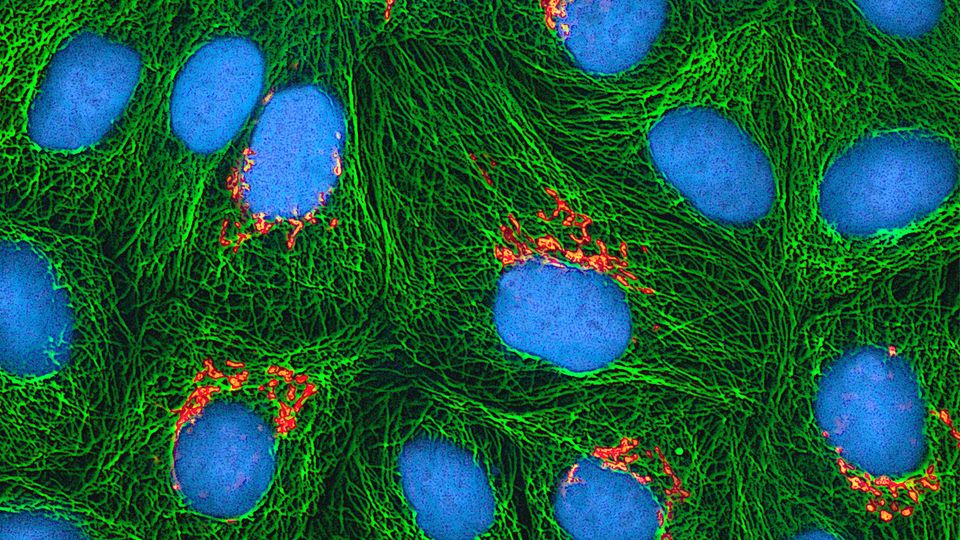Advanced Protein-Spotting AI Could Lead to New Drug Discoveries

Complete the form below to unlock access to ALL audio articles.
In a study published in Communications Biology, part of the Nature Portfolio, researchers demonstrate how the HCPL (Hybrid subCellular Protein Localiser) requires only partially labelled data to learn how to decipher the locations of proteins within cellular structures and their behaviour in different cells.
The team tested the HCPL on the Human Protein Atlas* and found it to be the most accurate tool for identifying the location of proteins within individual cells.
Want more breaking news?
Subscribe to Technology Networks’ daily newsletter, delivering breaking science news straight to your inbox every day.
Subscribe for FREEProfessor Miroslaw Bober, leader of the HCPL project from the University of Surrey, said:
"To understand how proteins work inside cells, scientists need to study where they are located, but this can be a time-consuming and complicated process. HCPL makes this process easier.
"This program uses a deep-learning model to quickly and accurately identify subcellular structures where proteins are present inside individual cells. We are hopeful that HCPL can help scientists study how proteins work and develop new treatments for diseases."
Spatial proteomics is a research area that studies the distribution of proteins in cells or tissues using a combination of experimental techniques and computational approaches. Fluorescence microscopy is a common method in this field where proteins are physically tagged with fluorescent markers. AI maps the proteins onto individual cell compartments (subcellular structures or organelles). This helps scientists to understand the roles and functions of proteins and possibly reveal the complex inner workings of cells.
HCPL was developed in partnership with ForecomAI, a research and development company with world-class expertise in machine and deep learning providing solutions in healthcare and biosciences.
Dr Amaia Irizar, director of ForecomAI said:
"Proteins play a key role in most cellular processes crucial to our survival. Unravelling protein distributions and interactions within individual cells is vital to understanding their functions and indispensable to developing new treatments.
"Our work with the University of Surrey enables scaling up of this process and opens new frontiers. The partnership between Surrey and ForecomAI has been a successful interdisciplinary collaboration in scientific research, paving the way for further initiatives."
Reference: Husain SS, Ong EJ, Minskiy D, Bober-Irizar M, Irizar A, Bober M. Single-cell subcellular protein localisation using novel ensembles of diverse deep architectures. Commun Biol. 2023;6(1):1-14. doi: 10.1038/s42003-023-04840-z
This article has been republished from the following materials. Note: material may have been edited for length and content. For further information, please contact the cited source.

